As an experienced cloth diapering mama, a common question that comes up time and time again is about diaper rash. What’s causing it and what can I do about it?
Yes, most of us find that babies in cloth diapers tend to get less rashes, but that doesn’t mean they won’t ever. All babies get some redness on the bum every once in a while. Some babies have more sensitive skin than others. It’s normal. You’re not a bad mom. But if you’re struggling with diaper rashes, here are the most common causes and what you can do about them.
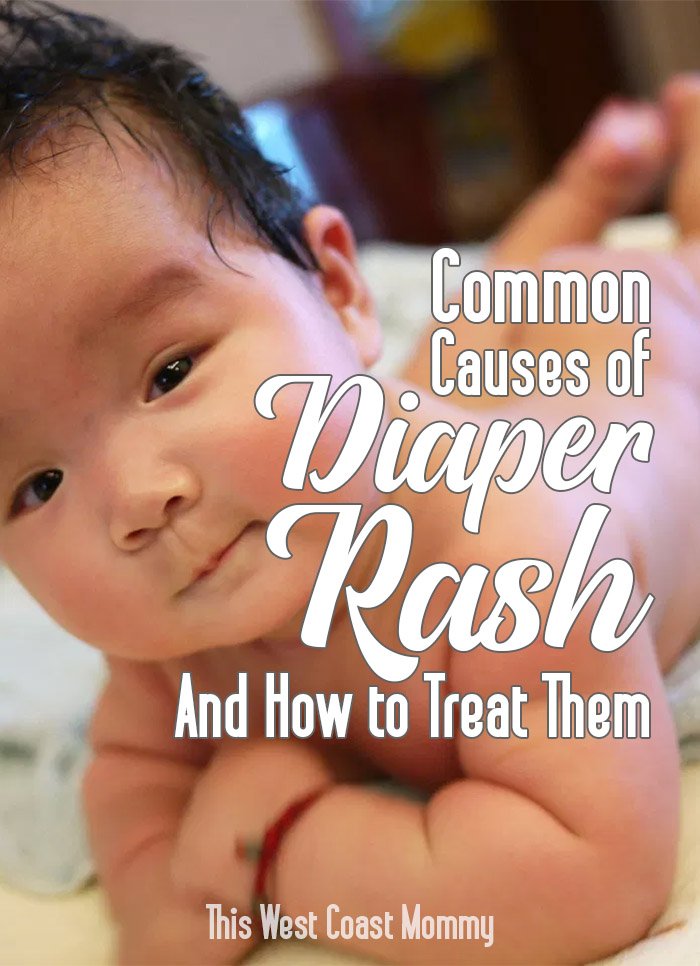
Not Changing Diapers Often Enough
Extended contact with pee and especially poop can break down sensitive baby skin and cause a sore, red bum. Once the skin’s integrity is compromised, the lack of air circulation and dark, damp environment inside a diaper create perfect conditions for further irritation and bacterial or fungal infections.
What to do: Check diapers frequently and change at least every two to three hours, more frequently if needed, and immediately if your baby poops.
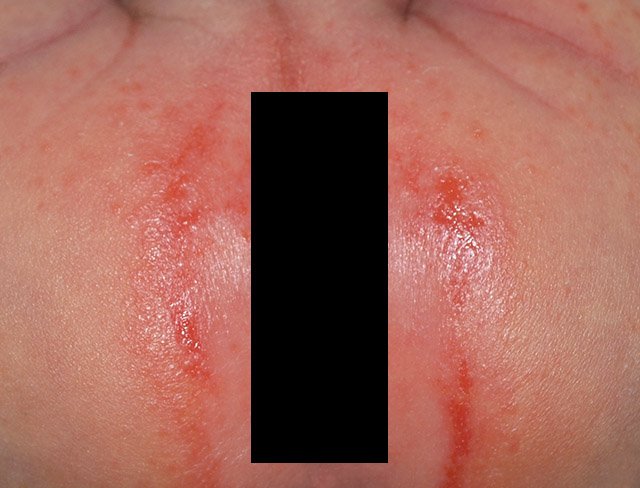
Chafing
Tight, too small, or ill-fitting diapers can cause chafe marks, irritation, and rash.
What to do: Check the fit of your diapers and go up a size, adjust the rise (if using a one size diaper), or try a different brand if you can’t get the fit right. Diapers do not need to be tourniquet tight to prevent leaks. Red marks on your baby’s thighs that don’t go away after 10-15 minutes mean that diapers are too tight.
Change in Diet
Babies starting out on solid foods often get rashy bums when the pH of their poop changes. Acidic foods (citrus, tomato, etc.) can also cause acidic poops and a red irritated ring around your baby’s anus.
What to do: Remove or reduce problematic foods. When offering a new food to your baby, wait 3-4 days before adding another new food so you can see if one particular food may be causing problems. Good news for breastfeeding moms though, eating spicy or acidic foods doesn’t change the pH of breast milk.
Contact with Irritating Chemicals
Delicate baby skin can react to all sorts of chemicals and substances. Common culprits include plastics in disposable diapers, laundry detergents, fabric softeners, fragranced soaps, and disposable baby wipes.
What to do: Many mamas report an immediate improvement after switching to cloth diapers. Try a free and clear or natural detergent, ditch the fabric softener, and try using soap less often on your baby’s skin. Instead of commercial baby wipes containing alcohol, fragrances, and other additives, switch to cloth diaper wipes with plain water or coconut oil instead.
Read more: All About Using Cloth Baby Wipes
Antibiotics
Antibiotic use disrupts the normal balance of bacteria in your baby’s gut which can lead to yeast overgrowth. Note that antibiotics can be transferred through breast milk which means that if mom is taking antibiotics, they can impact baby’s gut too.
What to do: Avoid unnecessary antibiotic use. Remember, most bugs don’t need drugs! If mom or baby does require an antibiotic, consider taking with probiotics or fermented foods like kefir, yogurt, sauerkraut, miso, or natto that naturally contain probiotic bacteria to help recolonize the gut.
Yeast
Whether due to antibiotic use, thrush, untreated diaper rash, or simply being prone to yeast overgrowth, yeast is the bane of any diapering mama. Yeast infections require antifungal treatment. If your baby’s diaper rash doesn’t go away after a few days of standard treatment, you may be dealing with yeast. A yeast rash is typically dark red, weepy or scaly, with a raised, distinct border. You may also see satellite lesions or bumps and pimples outside the border. The rash is often found in skin folds as well. If you’re not sure, visit your doctor who can assess the rash and prescribe treatment as needed.
What to do: Keep baby’s bum as dry as possible. Some sites recommend avoiding cornstarch out of concern that starch may “feed” the yeast, but research shows cornstarch doesn’t stimulate yeast growth and is helpful in reducing moisture (but be careful baby doesn’t breathe it in!). Antifungal creams are available either by prescription or over the counter. Another treatment option is Gentian violet, but be warned Gentian violet is really messy and stains everything purple. I would definitely use disposable diapers to avoid staining your cloth diapers.
Remember that your regular wash routine will not kill yeast so you must make sure to sanitize your diapers to avoid reinfecting your child. Bleach is the simplest and cheapest option. Hydrogen peroxide and grapefruit seed extract may also be used, but they are significantly pricier. If you’ve got yeast, this is one of the few occasions I recommend using disposables so you can sanitize your cloth diapers once and avoid recontaminating them.
Heat Rash
Hot, humid weather and lack of air circulation under diapers can combine to cause tiny, red pimples or blisters wherever baby sweats, including in the diaper area.
What to do: Cool down the skin with cool water and allow to air dry. Give baby as much diaper-free time as possible.
Existing Skin Concerns
If your baby already has skin concerns like sensitive skin, eczema, or dermatitis, their skin will also be more prone to diaper rash.
What to do: Pay close attention to baby’s skin condition and change diapers more often. Incorporate diaper cream (oil-based salve with cloth diapers) to your diaper changing routine to create a barrier between baby’s skin and moisture.
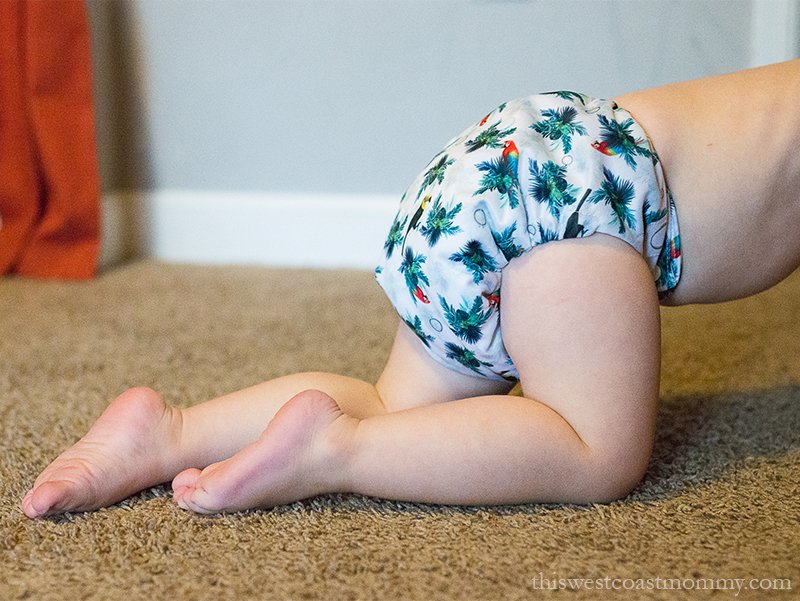
What else can I do to reduce diaper rashes?
- Use cloth. If you’re using disposable diapers, consider switching to cloth diapers and cloth wipes. Avoid baby wipes with fragrances or alcohol.
- Dry, dry, dry. Make sure baby’s bum is completely dry before replacing diaper. Pat dry instead of wiping. You can use a hair dryer (on COOL) and/or a non-talcum baby powder to absorb extra moisture.
- Air that bare bum. Give your baby some bare bum time every day. Spread a towel on the kitchen floor and hang out with your naked baby. Multi-task by combining tummy time with bum time!

- Diaper creams. When it comes to diaper creams we have many options including various creams specifically designed for cloth diapers. These are typically oil-based salves (e.g., shea butter, olive oil, coconut oil, grapeseed oil, jojoba oil, etc.) which work well for daily skin maintenance and help to prevent diaper rash. If you’re battling an existing rash though, you’ll probably need something a little stronger which means zinc oxide.
Back when I first started cloth diapering, I read that I should never use a zinc oxide cream because it would never wash out and would ruin my diapers. But that wasn’t my experience. Sometimes zinc oxide is simply the best option for treating a rash, so I just added a disposable or reusable fleece liner to protect my diapers. Any small amounts of zinc oxide cream that got on my diapers washed out just fine, and I never needed to separate out the liners from my regular diaper laundry either. - Elimination communication. Another more radical option is to do away with diapers entirely. Elimination communication is the practice of using timing, signals, cues, and intuition to anticipate your baby’s need to pee or poop and help them learn to eliminate on cue. It’s a very intensive process and many parents simply don’t have the time, energy, or inclination to try, but it’s an option.
More Cloth Diapering Resources!
Disclosure: This post contains affiliate links. As an Amazon Associate I earn from qualifying purchases, at no additional cost to you.


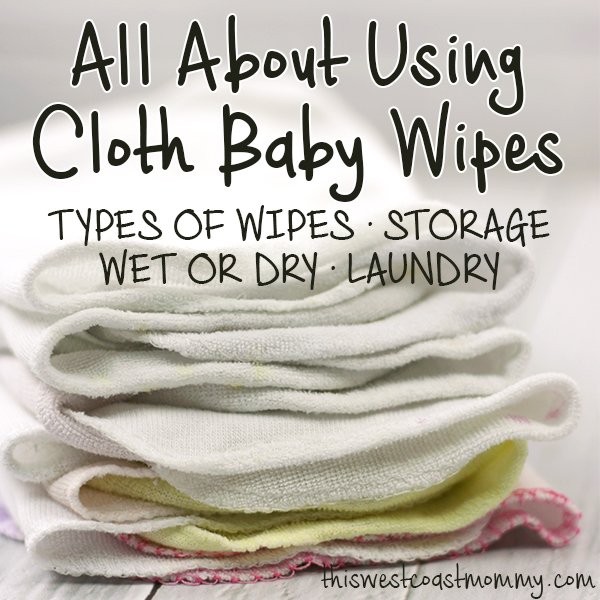
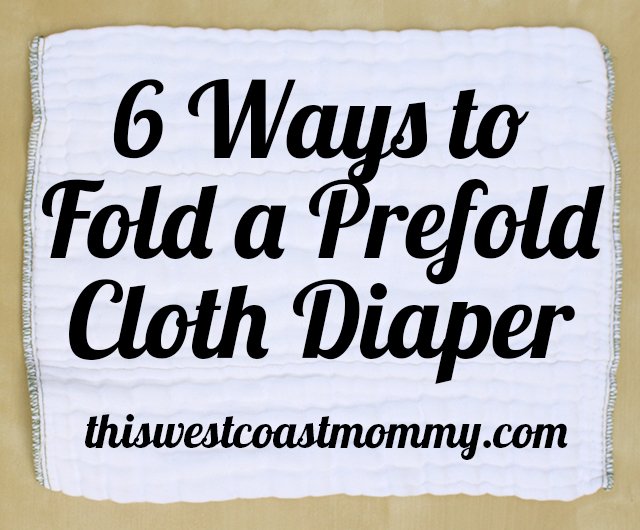
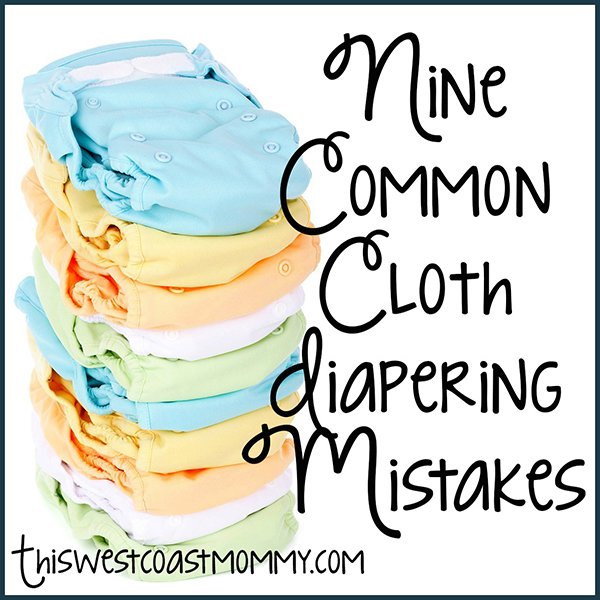
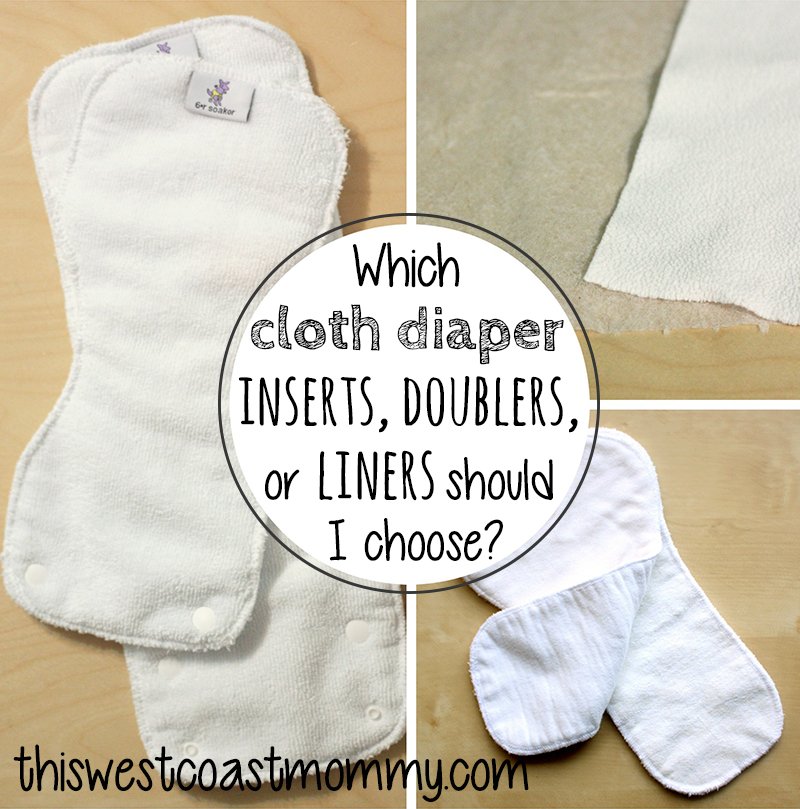

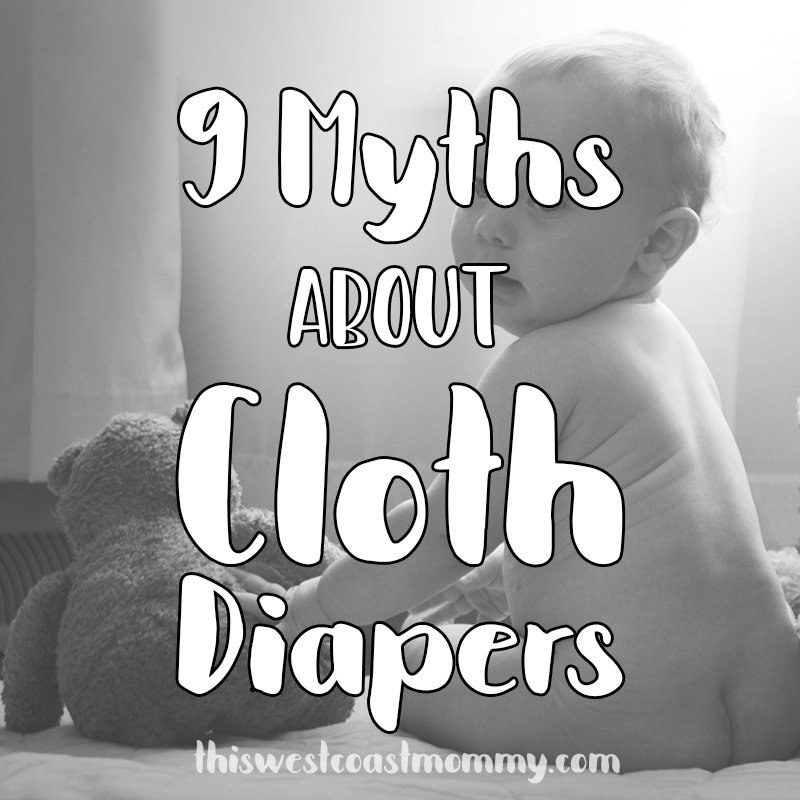
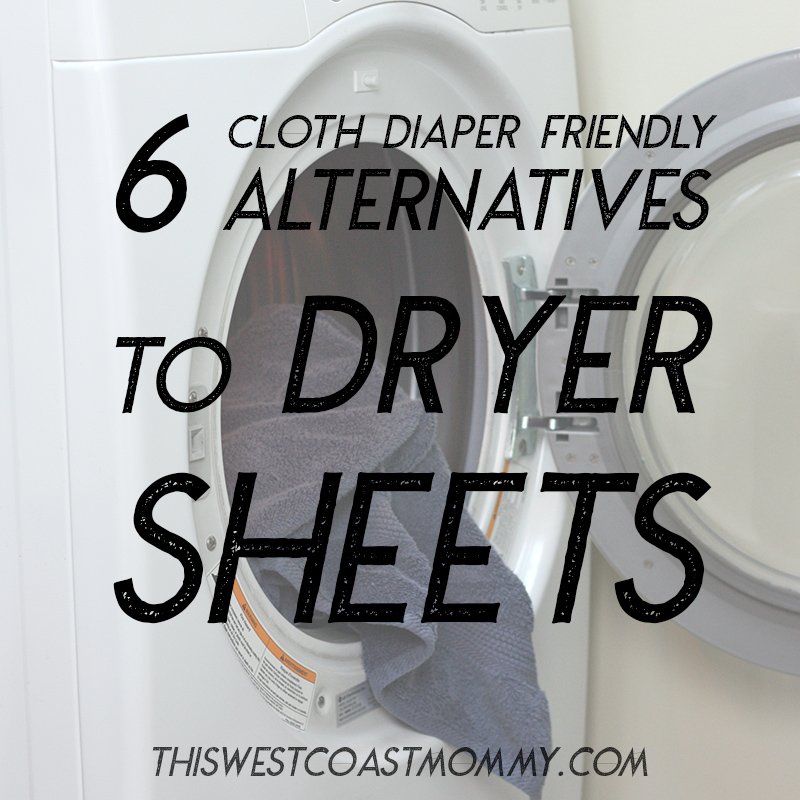

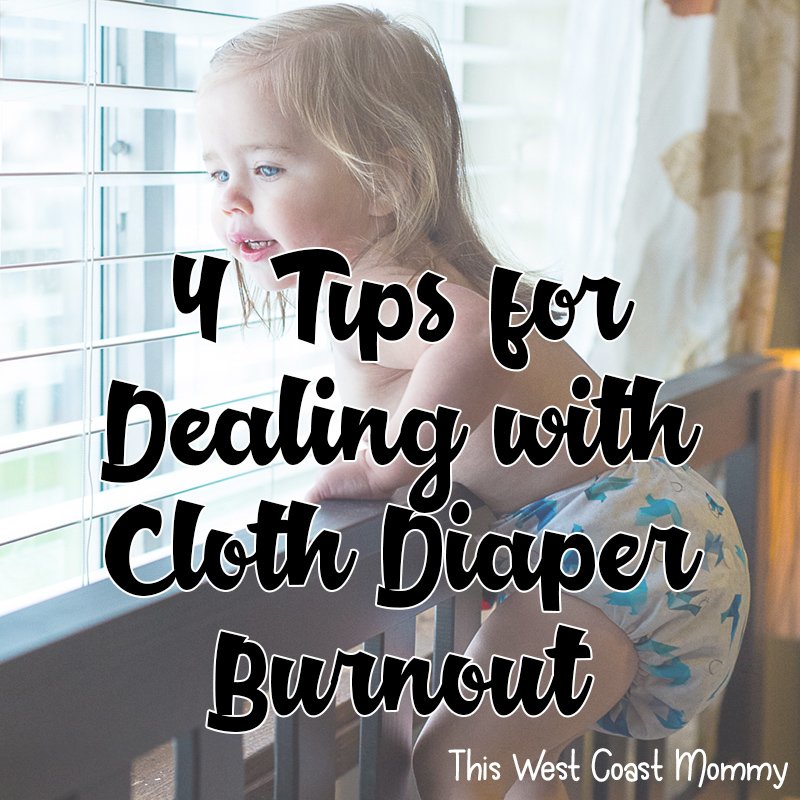
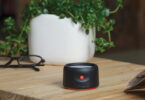
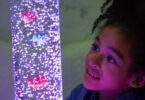

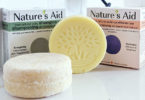


Leave a Comment